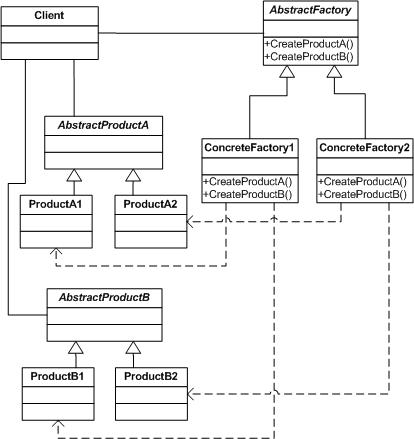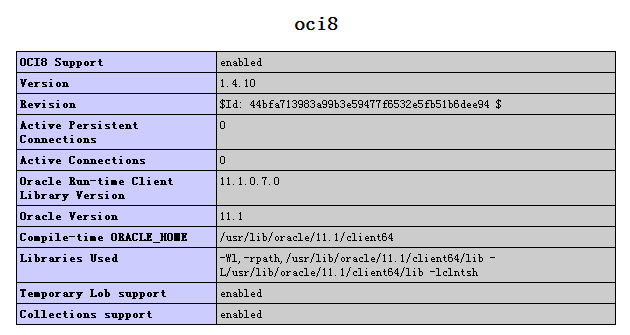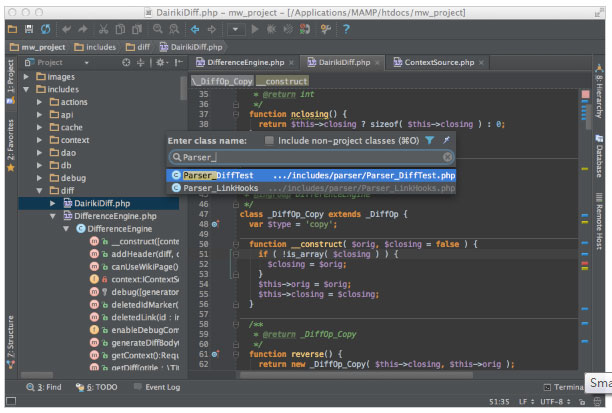|
|
復制代碼 代碼如下:
function getarray_postgresql($arraystr)
{
$regx1 = '/^{(.*)}$/';
$regx2 = "http://"((////////|/////"|[^/"])+)/"|[^,]+/";
$regx3 = '/^[^"].*$|^"(.*)"$/';
$match = null;
preg_match( $regx1,$arraystr,$match);
$str = $match[1];
preg_match_all($regx2, $str,$match);
$items = $match[0];
$array = array();
$count = count($items);
for($index = 0; $index < $count;++$index)
{
preg_match($regx3, $items[$index],$match);
$array[$index]=end($match);
}
return $array;
}
在php從postgresql中讀取的數(shù)據都是字符串的,一般的數(shù)據還好處理,但是postgresql有一種數(shù)組型的數(shù)據,而如果我們的數(shù)組是字符串的,前且,里面有逗號或斜線也是可能的,這就給我們讀取帶來了一定的麻煩,上面的函數(shù)是我奮斗了幾個小時寫出來的。盡可能的考慮到了斜線,逗號,引號的存在。
php技術:PHP 讀取Postgresql中的數(shù)組,轉載需保留來源!
鄭重聲明:本文版權歸原作者所有,轉載文章僅為傳播更多信息之目的,如作者信息標記有誤,請第一時間聯(lián)系我們修改或刪除,多謝。



